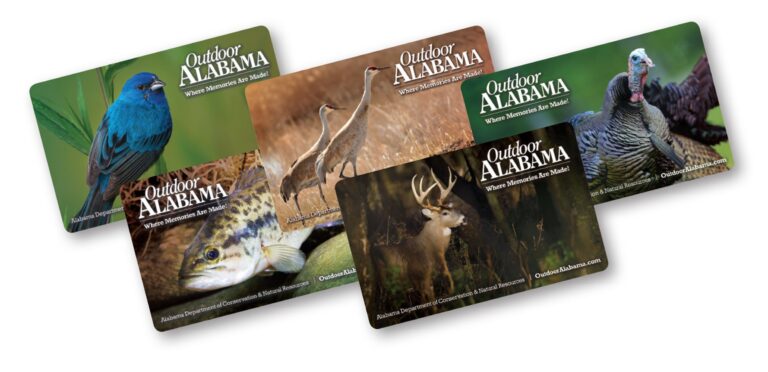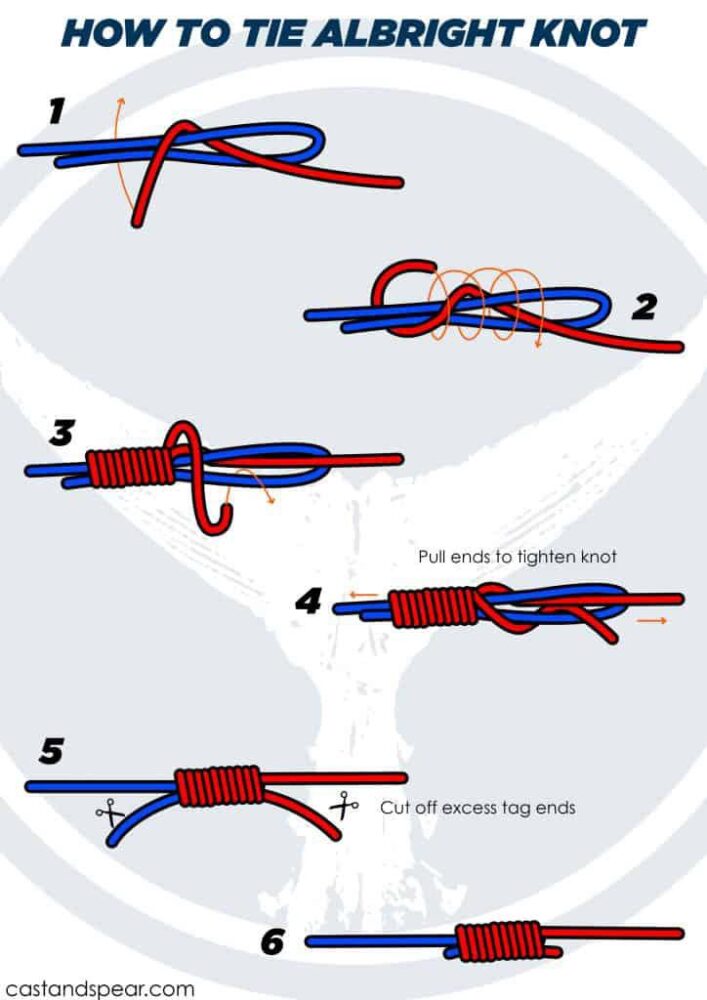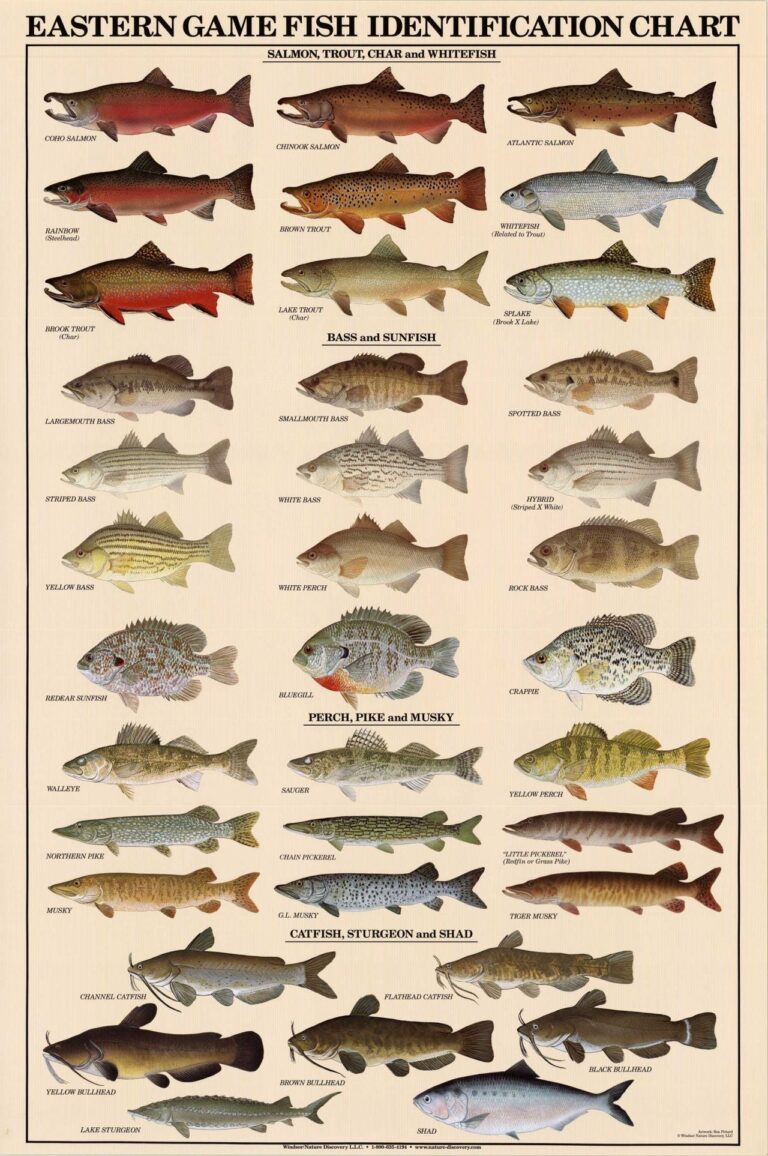Types of Fishing: Methods & Techniques for Every Angler
Fishing is more than a hobby. It’s a way to connect with nature.
There are many methods and techniques to explore. Fishing methods vary widely, from traditional angling to modern fly fishing. Each technique offers a unique experience and challenges. Whether you are a beginner or an experienced angler, understanding different fishing styles can enhance your skills and enjoyment.
This guide will introduce you to various types of fishing, highlighting their unique aspects. From the tranquil art of fly fishing to the thrill of deep-sea fishing, there’s a method for everyone. Dive in to discover the fascinating world of fishing and find the technique that suits you best.

Credit: www.swi-fishing.safariwisata.co.id
Introduction To Fishing Types
Fishing is a popular activity worldwide. Different methods and techniques exist based on various factors. These factors include the type of water, fish species, and personal preference. Understanding these methods helps you improve your fishing skills and experience.
Why Fishing Methods Matter
Choosing the right fishing method impacts your success rate. Some methods are suitable for specific fish species. Others depend on the environment, such as freshwater or saltwater. Knowing the right technique also ensures the sustainability of fish populations.
Choosing The Right Technique
Selecting the correct fishing technique depends on several factors. Consider the type of fish you are targeting. Think about the fishing location, whether it’s a river, lake, or ocean. Also, take into account your skill level and equipment. Here are some common fishing techniques:
- Fly Fishing: Uses artificial flies to lure fish. Best for rivers and streams.
- Bait Fishing: Involves live bait or lures. Suitable for various water bodies.
- Ice Fishing: Done on frozen lakes with holes cut in the ice.
- Spearfishing: Uses a spear or harpoon. Common in shallow waters.
Each technique requires specific gear and skills. Practice and patience are key. Proper technique maximizes your chances of catching fish and ensures a fun experience.
| Technique | Best for | Required Gear |
|---|---|---|
| Fly Fishing | Rivers and Streams | Fly rod, reel, artificial flies |
| Bait Fishing | Rivers, Lakes, Oceans | Fishing rod, reel, bait or lures |
| Ice Fishing | Frozen Lakes | Ice auger, short rod, bait |
| Spearfishing | Shallow Waters | Spear or harpoon, diving gear |
Fly Fishing
Fly fishing is a popular method of fishing that uses a lightweight lure called an artificial fly. This technique provides anglers with a unique and challenging experience. It is often associated with catching trout and salmon, but it can be used to catch a variety of fish species.
Gear And Equipment
To start fly fishing, you need specific gear. The most important piece is the fly rod. Fly rods are long and flexible. They help cast the lightweight fly. You also need a fly reel. The reel holds the fishing line. It helps you control the line while fishing.
Fly lines are another key piece of equipment. They are thicker and heavier than regular fishing lines. This helps in casting the fly. You will also need a selection of artificial flies. These mimic insects or small fish. Waders and wading boots are useful. They allow you to fish in deeper water.
Basic Techniques
Fly fishing requires different techniques than other types of fishing. One basic technique is the cast. The cast is how you deliver the fly to the water. Start with the line behind you. Move the rod forward quickly. Release the line at the right moment. This takes practice.
Another technique is the drift. This involves letting the fly float on the water. The goal is to make the fly look natural. Watch for any movement in the water. That could be a fish taking the fly.
The hook set is also important. When a fish bites, you need to set the hook. Pull the rod back firmly. This secures the hook in the fish’s mouth.
Spin Fishing
Spin fishing is a popular method used by many anglers. It is versatile and suitable for both beginners and experienced fishermen. This technique involves casting a lure or bait using a spinning reel and rod. Spin fishing can be done in various water bodies, such as rivers, lakes, and oceans.
Essential Gear
To start spin fishing, you need a spinning rod and reel. The rod should be light to medium in weight. The reel must match the rod’s size for balance. You also need fishing lines, which come in different strengths.
Lures are another important part of spin fishing gear. They mimic small fish or insects. Choose lures based on the type of fish you want to catch. Hooks and sinkers are also essential. They help in setting the bait and reaching the desired depth.
Effective Strategies
Cast your lure near structures where fish hide. This includes rocks, logs, and weeds. Vary your retrieval speed to mimic the movement of prey. Sometimes a slow retrieve works best. Other times, a fast retrieve attracts more fish.
Pay attention to the weather and water conditions. Fish are more active during certain times of the day. Early morning and late evening are often the best times to fish. Experiment with different lures and techniques. This helps you find what works best in your fishing spot.
Ice Fishing
Ice fishing is a unique and thrilling activity. It involves fishing through holes cut into frozen lakes or rivers. This method of fishing is popular in colder climates where water bodies freeze over in winter.
Necessary Equipment
To start ice fishing, you need some basic tools. Here is a list:
- Ice Auger: Used to drill holes in the ice.
- Fishing Rod: Shorter rods are easier to handle on the ice.
- Bait: Live bait or jigs work best.
- Shelter: A tent or portable ice shanty keeps you warm.
- Warm Clothing: Insulated layers, gloves, and boots.
- Bucket: To sit on and store fish.
Safety Tips
Staying safe while ice fishing is crucial. Follow these tips:
- Check Ice Thickness: Ensure the ice is at least 4 inches thick.
- Wear a Life Jacket: It helps in case of falling through the ice.
- Fish with a Buddy: Never go ice fishing alone.
- Carry a Rope: Use it to pull someone out if they fall in.
- Be Aware of Weather: Avoid fishing during storms or extreme cold.
Ice fishing can be a rewarding experience. With the right equipment and safety measures, anyone can enjoy this winter activity.
Saltwater Fishing
Saltwater fishing is a thrilling outdoor activity. It involves fishing in the ocean or sea. This type of fishing can be done from the shore, on a boat, or in the surf. Saltwater fishing offers a variety of fish species. Anglers can catch anything from mackerel to marlin. The possibilities are endless. But to be successful, you need the right gear and knowledge of popular locations.
Gear And Tackle
Proper gear is essential for saltwater fishing. The saltwater environment is harsh. It can be tough on equipment. Use corrosion-resistant rods and reels. Choose strong lines and hooks. Saltwater fish are often larger and stronger. You will need heavier tackle. Bring a good selection of lures and bait. Live bait like shrimp and squid is effective. Artificial lures can also work well.
Popular Locations
Saltwater fishing spots are spread across the globe. Each location offers unique experiences. In the United States, Florida is a top destination. The Florida Keys are famous for their clear waters and abundant fish. California’s coast is another great spot. You can catch a variety of species there. Texas also has rich fishing grounds. The Gulf of Mexico is teeming with life.
Outside the United States, many other places are famous. Australia’s Great Barrier Reef is a prime fishing location. It’s known for its diverse marine life. Costa Rica offers excellent deep-sea fishing. Anglers can target big game fish there. In Africa, the coast of Kenya is popular. It is known for its sport fishing opportunities.
Freshwater Fishing
Freshwater fishing is one of the most popular outdoor activities. It takes place in lakes, rivers, and streams. This type of fishing offers various experiences for anglers of all skill levels. From serene lakes to flowing rivers, there is something for everyone.
Common Techniques
There are several techniques used in freshwater fishing. Each has its unique charm and challenges.
- Fly Fishing: This technique uses a lightweight lure called an artificial fly. It requires casting skills and patience.
- Bait Fishing: The simplest method. Anglers use live or prepared bait to attract fish.
- Spin Fishing: This involves using a spinning reel and rod. It is ideal for beginners and offers versatility.
- Trolling: Anglers drag lures behind a moving boat. This method is effective for covering large areas.
Best Spots
Finding the right spot is crucial for a good fishing experience. Here are some top locations:
| Location | Description |
|---|---|
| Lake Michigan | Known for its large variety of fish species, including salmon and trout. |
| Mississippi River | Offers excellent fishing for catfish, bass, and walleye. |
| Lake Tahoe | Famous for its clear waters and abundant rainbow trout. |
| Colorado River | Great spot for fishing bass and catfish, with stunning scenery. |
Surf Fishing
Surf fishing, a popular method among anglers, involves casting bait or lures from the shore into the surf. It’s an exciting way to catch a variety of fish species, making it a favorite for many. The sound of waves, the feel of the sand, and the thrill of the catch all contribute to a memorable experience.
Required Gear
To start with surf fishing, you will need some essential gear:
- Surf Rod: A long rod, usually 10 to 12 feet, helps cast farther.
- Reel: A sturdy spinning or baitcasting reel designed for saltwater.
- Line: Use a strong, durable line, often braided or monofilament, with a test strength of 20-30 lbs.
- Terminal Tackle: Include hooks, sinkers, swivels, and leaders.
- Bait: Fresh or live bait such as shrimp, squid, or sand crabs.
- Tackle Box: Keep your gear organized and accessible.
Tips For Success
Maximize your surf fishing success with these tips:
- Check the Tides: Fish are more active during high tide or incoming tide.
- Read the Surf: Look for areas with waves breaking, indicating sandbars or drop-offs where fish feed.
- Cast Beyond the Breakers: Aim to cast past the breaking waves for better results.
- Use the Right Bait: Match your bait to the local fish species.
- Stay Mobile: Move along the beach to find the best spots.
- Be Patient: Give each spot some time before moving.

Credit: www.swi-fishing.safariwisata.co.id
Spearfishing
Spearfishing is an ancient method of fishing that involves using a spear to catch fish. It requires skill, patience, and a deep connection with the underwater world. This technique can be practiced in both freshwater and saltwater environments. Enthusiasts often enjoy it for the thrill of the hunt and the physical challenge it presents.
Equipment Needed
Spearfishing requires specific gear to ensure success and safety. A speargun or pole spear is essential. These tools allow fishers to target and catch fish underwater. Wetsuits are also necessary to keep warm and protect from marine life. Fins help with mobility, allowing for smooth and efficient swimming. Masks and snorkels improve visibility and breathing, making it easier to spot fish. Gloves and weight belts provide additional protection and stability.
Safety And Ethics
Safety is a top priority in spearfishing. Always dive with a buddy for added security. Be aware of your surroundings and avoid dangerous areas. Know your limits and never push beyond your comfort zone. Ethical spearfishing involves respecting marine life and habitats. Target only legal and sustainable species. Avoid overfishing and practice catch and release when possible. Respect local regulations and guidelines to help preserve underwater ecosystems.

Credit: en.wikipedia.org
Frequently Asked Questions
What Are The Main Types Of Fishing?
There are several types of fishing. These include freshwater fishing, saltwater fishing, fly fishing, ice fishing, and sport fishing. Each type uses different techniques and gear.
How Does Freshwater Fishing Differ From Saltwater Fishing?
Freshwater fishing takes place in lakes, rivers, and streams. Saltwater fishing occurs in oceans and seas. The gear and techniques used vary significantly.
What Is Fly Fishing?
Fly fishing is a method that uses a lightweight lure called a fly. It is often used in freshwater but can also be used in saltwater.
What Equipment Is Needed For Ice Fishing?
Ice fishing requires specialized equipment like ice augers, ice fishing rods, and shelters. Warm clothing is also essential for comfort and safety.
Conclusion
Exploring various fishing methods can enhance your experience on the water. Each technique offers unique benefits and challenges. Try different styles to find what suits you best. Whether casting, trolling, or fly fishing, there’s always something new to learn. Enjoy the adventure and the peace that fishing brings.
Happy fishing!






